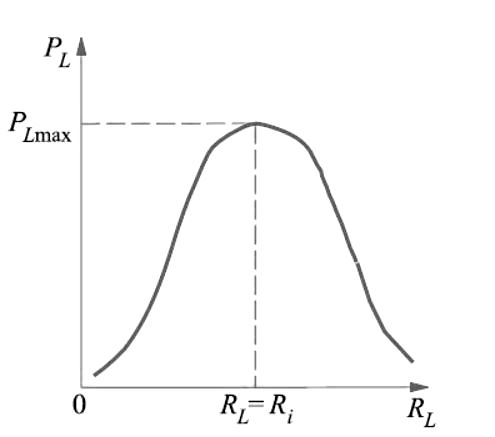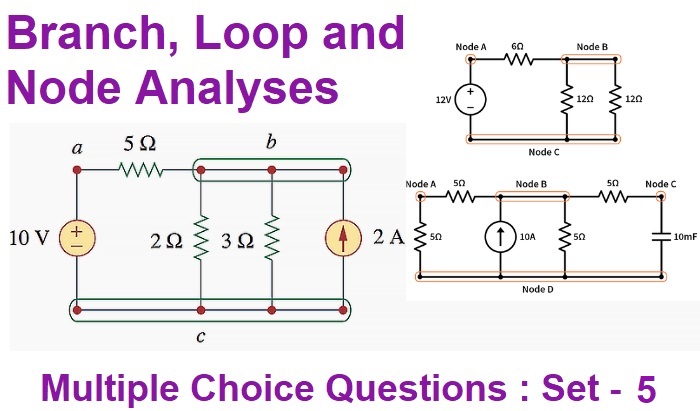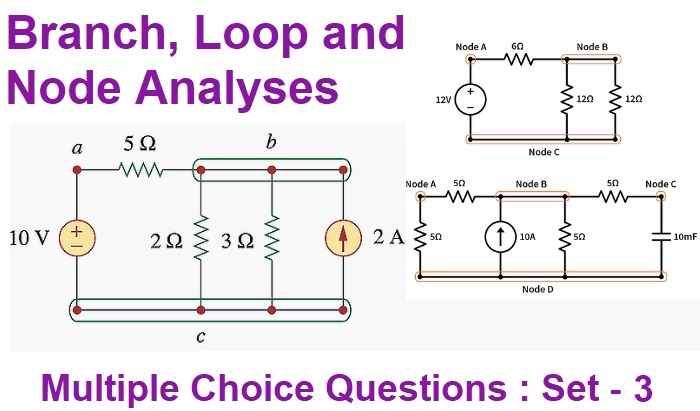Power Transfer Efficiency
Power Transfer Efficiency :
If PL is the power supplied to the load and PT is the total power supplied by the voltage source, then power transfer efficiency is given by η = PL/PT.
Now, the generator or voltage source E supplies power to both the load resistance RL and to the internal resistance Ri = (Rg + R).
PT = PL + Pi
or
E × I = I2RL + I2Ri

The variation of η with RL is shown in Figure given below :

The maximum value of η is unity when RL = ∞ and has a value of 0.5 when RL = Ri. It means that under maximum power transfer conditions, the power transfer efficiency is only 50%. As mentioned above, maximum power transfer condition is important in communication applications but in most power systems applications, a 50% efficiency is undesirable because of the wasted energy. Often, a compromise has to be made between the load power and the power transfer efficiency. For example, if we make RL = 2Ri, then PL = 0.222 E2/Ri and η = 0.667.

It is seen that the load power is only 11% less than its maximum possible value, whereas the power transfer efficiency has improved from 0.5 to 0.667 i.e. by 33%.
The condition of maximum power transfer does not result in maximum efficiency. The efficiency is only 50% when maximum power transfer is achieved, but approaches 100% as the load resistance approaches infinity, though the total power level tends towards zero.
Read article – Units of Resistivity
Visit NCERTplanet.com for NCERT solutions and Textbook downloads



